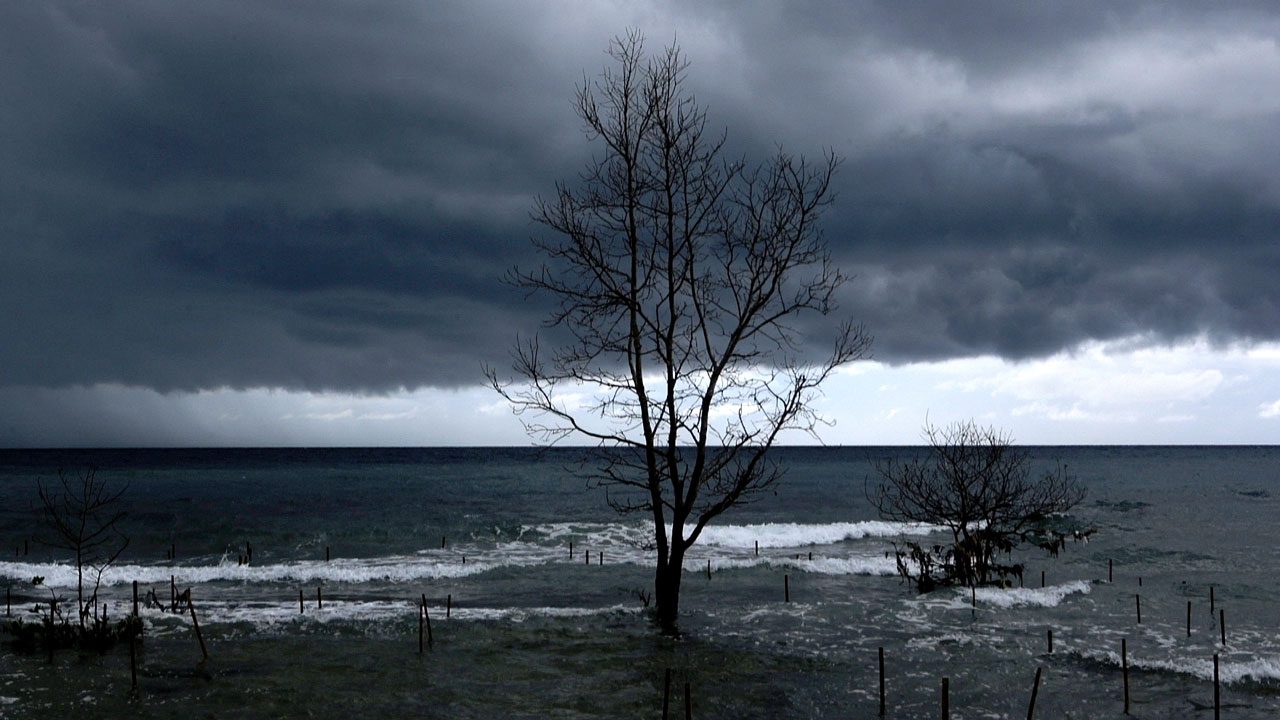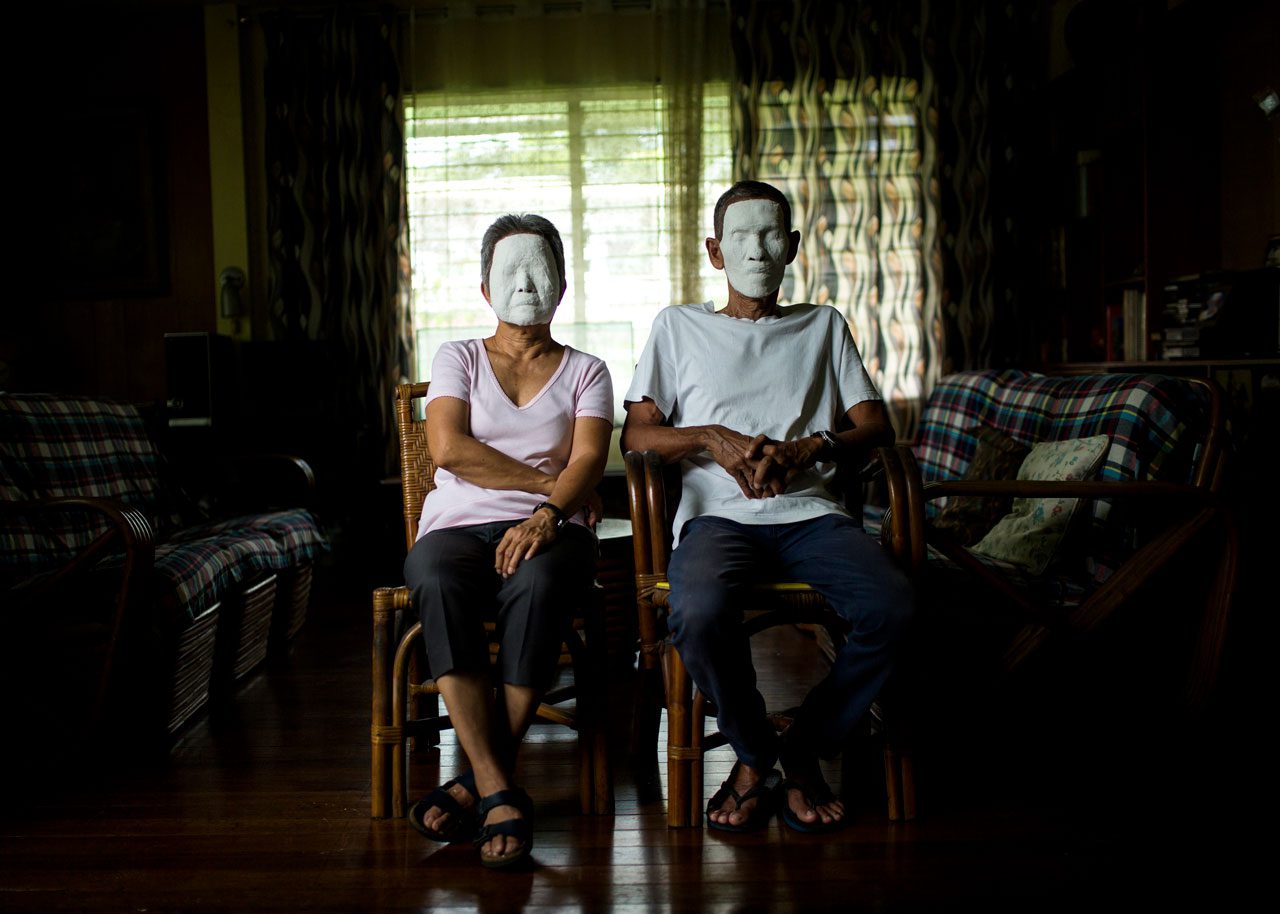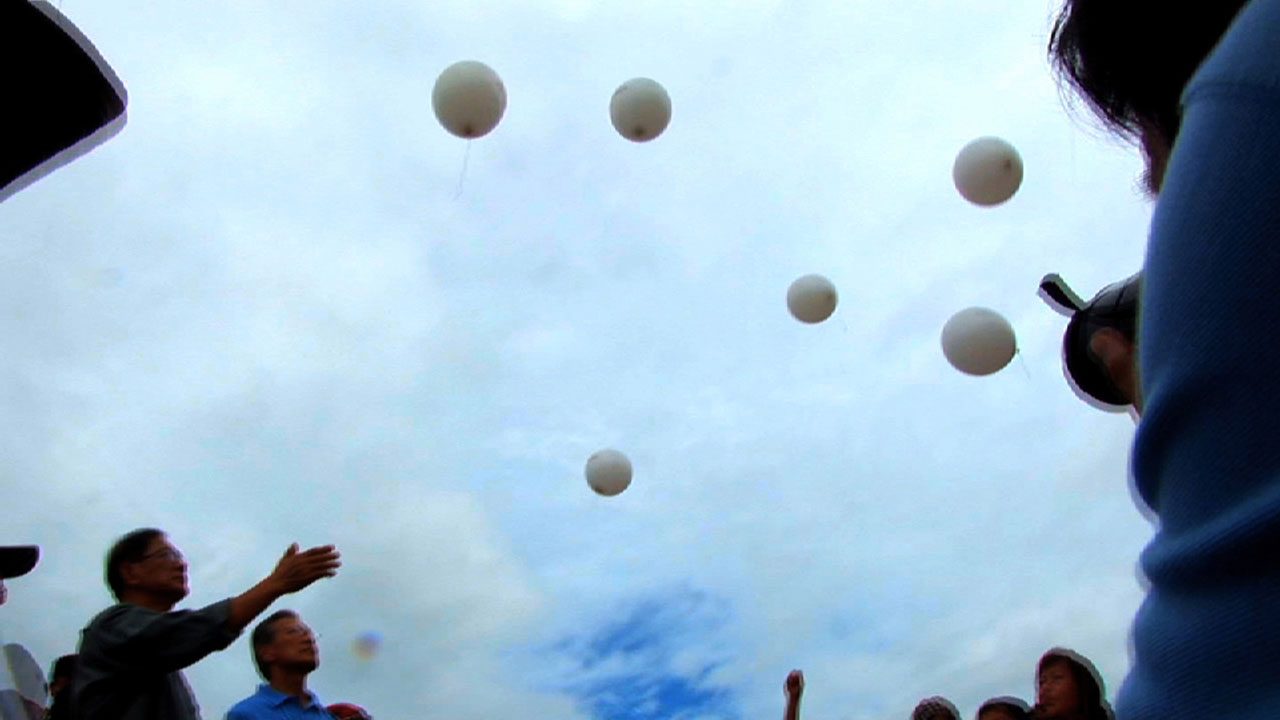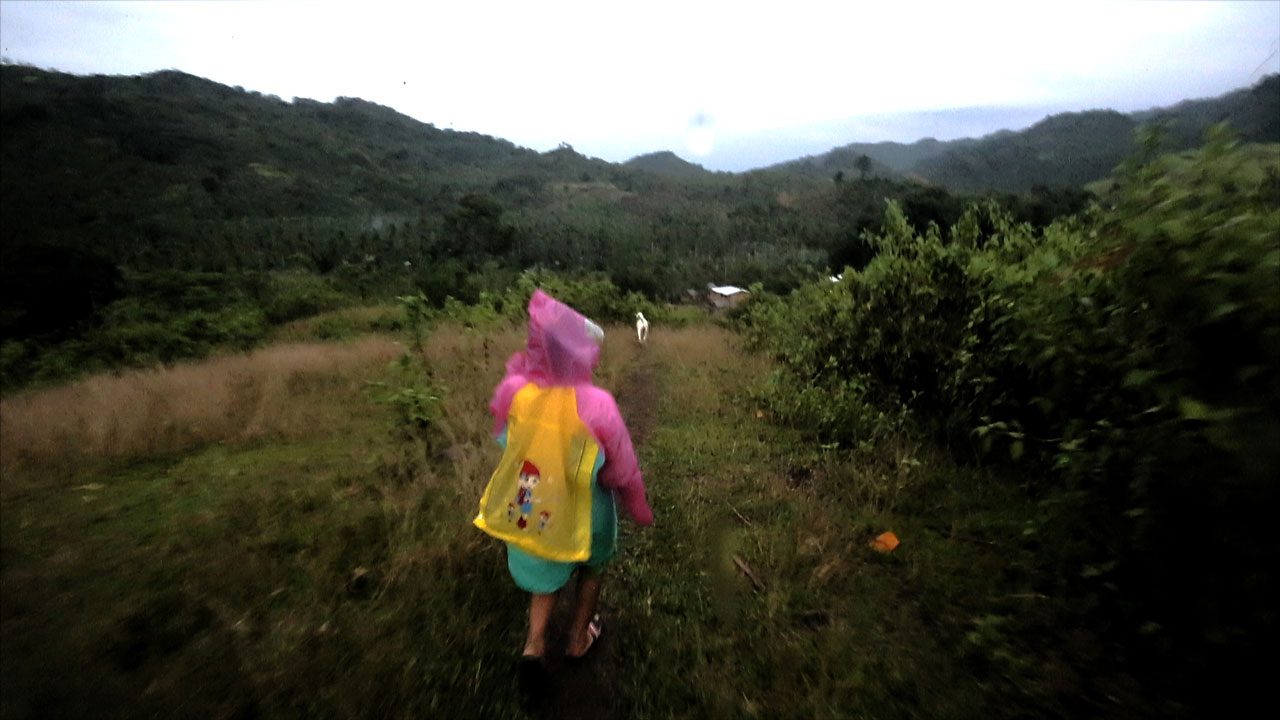PRESENTATION: Kiri Dalena
 Kiri Dalena is an acclaimed visual artist and filmmaker known internationally for her works that lay bare the social inequalities and injustices that continue to persist, particularly in the Philippines. Her active involvement in the mass struggle to uphold human rights amidst state persecution is the foundation for her art practice that underscores the relevance of protest and civil disobedience in contemporary society.
Kiri Dalena is an acclaimed visual artist and filmmaker known internationally for her works that lay bare the social inequalities and injustices that continue to persist, particularly in the Philippines. Her active involvement in the mass struggle to uphold human rights amidst state persecution is the foundation for her art practice that underscores the relevance of protest and civil disobedience in contemporary society.
By Dimitris Lempesis
Photo: n.b.k. Archive
The first European survey exhibition of artist, filmmaker, and activist Kiri Dalena is presented in n.b.k.. Known for her documentary approach, Dalena establishes a close connection to her subjects; for over 20 years, she has been a committed advocate for human rights in her native Philippines. Her work confronts issues of state persecution, political injustice, and social inequality in her home country, underscoring the importance of civil and artistic protest. Examining the lived experiences of marginalized communities under past and present regimes, Dalena captures both suffering and resilience in her installa- tions, photographs, and video works. The exhibition at brings together both early and recent works by Dalena, all marked by a rigorous and original visual language that merges politics and aesthetic expression. Her work provides audiences with insights into the political landscape and history of the Philippines, shaped by colonial rule under Spain (until 1898) and the USA (until 1946), as well as the dictatorship of President Ferdinand Marcos Sr. (1972– 1986) and the presidency of Rodrigo Duterte (2016–2022), whose self-declared “war on drugs” claimed thousands of lives. In early works such as the ongoing photographic series “Erased Slogans” (since 2008) and the video work “Requiem for M” (2010), Dalena documents the fragility of an unstable democracy and its vulnerability to authoritarian rulers. Erased Slogans comprises over 100 photographs documenting mass protests against the Marcos regime, digitally edited by the artist to evoke the censorship imposed under martial law in 1972. In “Requiem for M”, she commemorates the victims of the Maguindanao massacre, one of the deadliest attacks on journalists in history. Like many of Dalena’s works, Requiem for M captures poignant images that bring viewers close to those affected and grieving. The work exemplifies how Dalena avoids sensationalism through her unique cinematic approach, prompting reflection on how such tragedies might be prevented. Dalena’s later works continue to address the challenges her country faces from tyranny and mismanage- ment, while also exploring its colonial history and the impacts of climate change. Her video work “Tungkung Langit” (2013) depicts the far-reaching consequences of tropical storm Sendong in 2011 in Northern Mindanao, worsened by deforestation due to the timber trade. Here, too, the artist explores the possibilities and the limitations of a participatory and engaged narrative approach that recognizes the vulnerability of those affected, often allowing them to speak for themselves. In her video work “Alunsina” (2020) and the large- format, two-channel video installation “Walang Masulingan” (2024) Dalena turns to life in the mega-metropolis of Manila and how it was impacted by Rodrigo Duterte’s authoritarian regime. During Duterte’s “war on drugs,” launched in 2016, thousands of individuals suspected of drug use or trade were killed with state sanction. Making its premiere, “Walang Masulingan”, created in collaboration with video artist Ben Brix, presents moving images of life in the Manila metropolitan region, seat of the current government under Ferdinand Marcos Jr. – son of the former dictator – who has been the country’s president since July 2022, with Vice President Sara Duterte, daughter of Rodrigo Duterte. The camera follows individuals through daily life, set against broader social and urban structures. The images provide glimpses into how an urban society organizes itself – sometimes under difficult conditions – through personal resilience, political and cultural solidarity, and religious traditions. The second new work featured in the exhibition, “Birds of Prey” (2024), delves into the colonial legacy of the Philippines. It juxtaposes a collection of over 3,500 photographs produced by US occupying forces in the early 20th century with the editorial “Aves de Rapiña” (Birds of Prey), published in 1908, which sharply criticized the colonial government of the time. Through her work, Dalena amplifies the voices of those who stand against injustice with acts of protest, solidarity, and public dissent. By focusing on the cohesion of those affected and drawing on musical and indigenous traditions, she highlights methods of collective preservation and healing.
*The Maguindanao massacre (also known as the Ampatuan massacre, named after the town where mass graves of victims were found) occurred on the morning of 23/11/2009, in the town of Ampatuan in Maguindanao, Philippines. The 58 victims were on their way to file a certificate of candidacy for Esmael Mangudadatu, vice mayor of Buluan, when they were kidnapped and later killed. Mangudadatu was challenging Datu Unsay mayor Andal Ampatuan Jr., son of the incumbent Maguindanao governor Andal Ampatuan Sr. and member of one of Mindanao’s leading Muslim political clans, in the forthcoming Maguindanao gubernatorial election, part of the national elections in 2010. The people killed included Mangudadatu’s wife, his two sisters, journalists, lawyers, aides, and motorists who were witnesses or were mistakenly identified as part of the convoy.
Photo: Kiri Dalena, Tungkung Langit, 2013, video, color, sound (video stills) © the artist
Info: Curator: Michaela Richter, Neuer Berliner Kunstverein (n.b.k.),, Chausseestrasse 128 / 129, Berlin, Germany, Duration: 6/12/2024-2/2/2025, Days & Hours: Tue-Wed & Fri-Sun 12:00-18:00, Thu 12:00-20:00, www.nbk.org/









